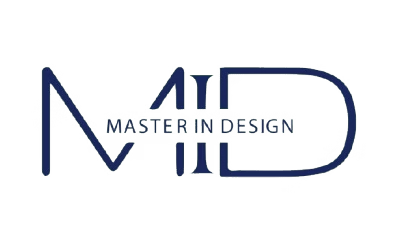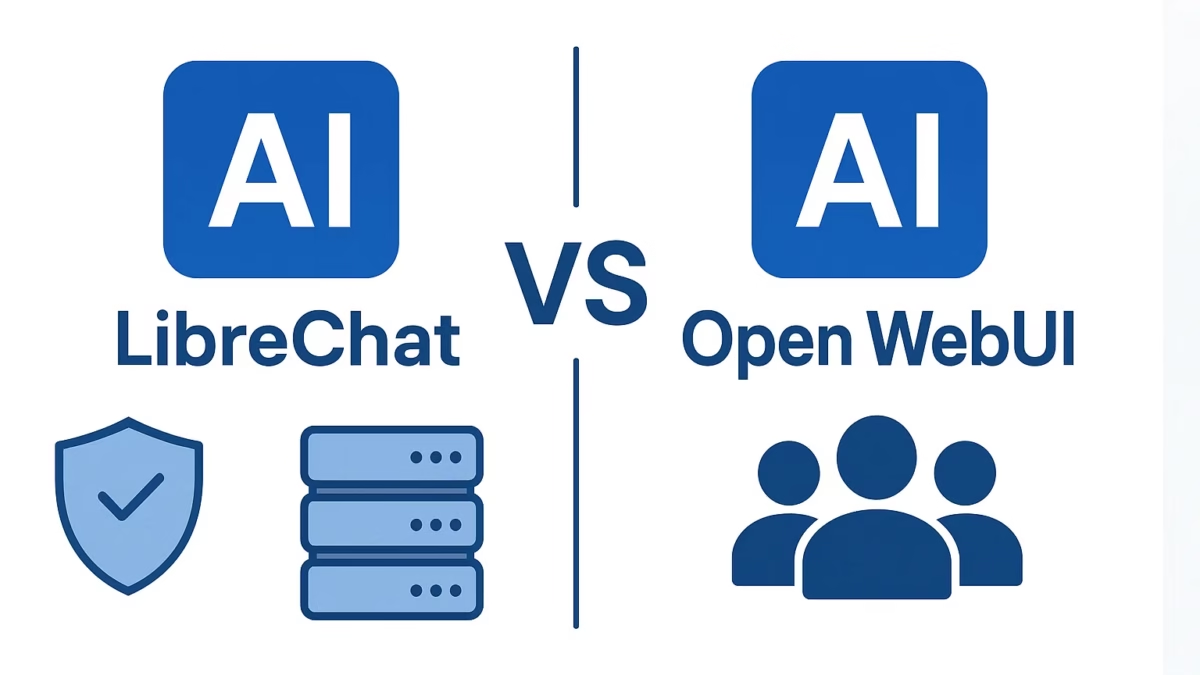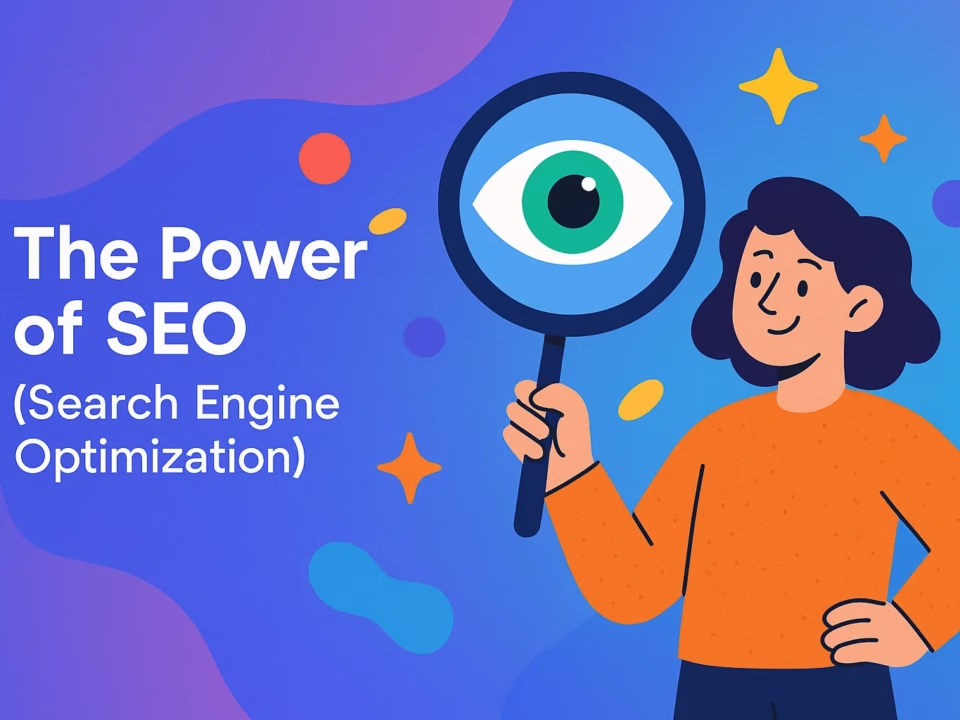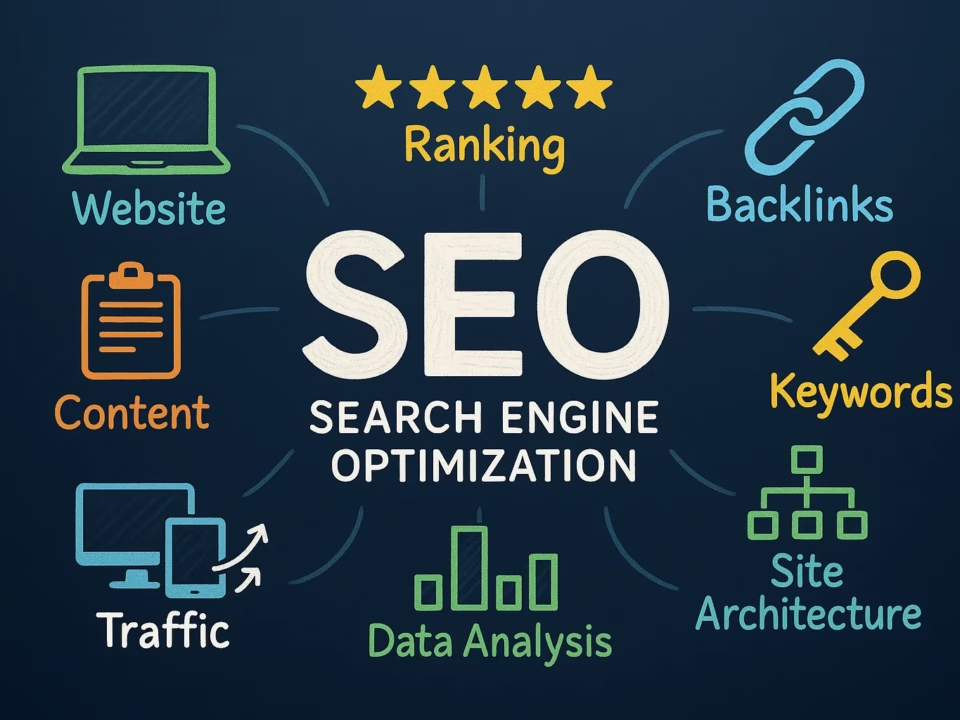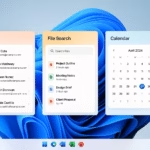
Microsoft Introduces Sleek New Office Taskbar Apps for Windows 11 Users
September 5, 2025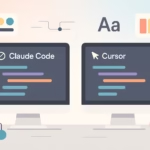
Claude Code vs Cursor – Picking the Right Tool for Smarter Workflows
September 8, 2025LibreChat vs Open WebUI: 2025 ChatGPT UI Comparison for Organizations
In 2025, the demand for AI-powered solutions has never been higher. Organizations of all sizes are exploring how to implement ChatGPT platforms for organizations that deliver value while keeping sensitive data secure. For industries such as healthcare, finance, and global enterprises operating under strict regulations like GDPR, data sovereignty is not just an option—it’s a necessity.
Commercial AI platforms are powerful, but they come with challenges. From high costs and limited customization to security concerns around user data, businesses often find themselves looking for alternatives that provide both flexibility and control. This is where open-source solutions such as LibreChat and Open WebUI have made a real impact. These two platforms have become reliable options for organizations that want to build secure, internal ChatGPT-like systems customized for their workflows.
At Master In Design, we understand how crucial it is for companies to select the right AI tool. This article offers a detailed ChatGPT UI comparison of LibreChat and Open WebUI so you can make an informed decision that aligns with your business goals.
Two Different Philosophies, One Mission
Although LibreChat and Open WebUI aim to solve the same problem, their approaches differ.
LibreChat focuses on custom endpoints for different AI providers, creating a traditional integration framework. Many enterprises find this approach familiar because it resembles the systems they already use.
Open WebUI, by contrast, embraces a pipeline-based architecture. This allows organizations to combine multiple models, prompts, and data sources with ease, making it highly flexible for teams that want to experiment and innovate.
When paired with Portkey’s AI Gateway, both platforms gain even more strength—reliability, governance, and performance optimization. With features like retries, fallback models, and load balancing, businesses can ensure their systems remain consistent even during outages or latency spikes.
Authentication & Governance
Security and governance are key concerns for enterprises adopting AI.
LibreChat shines in this area with its advanced authentication system. It supports multiple login providers such as Discord, GitHub, Azure AD, and AWS Cognito, and also includes automated moderation to monitor user behavior.
Open WebUI, on the other hand, keeps things simple. The first registered user is assigned as the Super Admin, while administrators can configure Role-Based Access Control (RBAC) and whitelist specific models to ensure secure and controlled access.
Smarter AI with RAG and Search
Both platforms incorporate Retrieval-Augmented Generation (RAG), but in different ways.
LibreChat uses LangChain and PGVector for efficient indexing, combined with search plugins from Google and Azure to deliver accurate, context-aware answers.
Open WebUI takes adaptability further, allowing both local and remote documents to be loaded into workspaces. It even features a YouTube RAG pipeline for video content and hybrid search options like BM25 and CrossEncoder.
Model Support
Both LibreChat and Open WebUI support a wide range of models through OpenAI API compatibility. However, Open WebUI stands out with native Ollama integration, letting teams create and manage Ollama models directly from the interface.
Portkey integration adds another layer of flexibility by giving organizations access to over 250 different LLMs, including both commercial APIs and self-hosted models.
The Bottom Line
If your organization values enterprise-level authentication and complex integrations, LibreChat is the better fit. If you prefer pipeline flexibility and streamlined user management, Open WebUI may be the right choice.
This ChatGPT UI comparison makes one thing clear: both platforms are excellent ChatGPT platforms for organizations, but the ideal option depends on your workflow priorities. With the right choice, you can ensure data security, compliance, and innovation in 2025 and beyond.
FAQs
Q1. Which ChatGPT platform is best for organizations in 2025?
LibreChat is best for enterprises needing advanced authentication, while Open WebUI is ideal for flexible workflows and simplified management.
Q2. Is LibreChat secure enough for enterprise use?
Yes, LibreChat supports Azure AD, AWS Cognito, and advanced moderation, making it highly secure for enterprise environments.
Q3. What makes Open WebUI different from LibreChat?
Open WebUI offers pipeline-based flexibility, role-based access, and streamlined user control compared to LibreChat’s traditional integrations.
Q4. Can both platforms integrate with multiple AI models?
Yes, both support OpenAI-compatible models, and with Portkey integration, organizations can access over 250 LLMs.
Q5. Why is ChatGPT UI comparison important for businesses?
It helps organizations choose the right platform to balance compliance, security, and performance in 2025.
Take Your Organization’s AI Strategy to the Next Level 🚀
Looking to choose the right ChatGPT platform for your organization? Whether it’s LibreChat or Open WebUI, we at Master In Design help businesses adopt AI solutions that balance innovation and compliance. Explore more insights and stay ahead with our latest blogs and guides.
